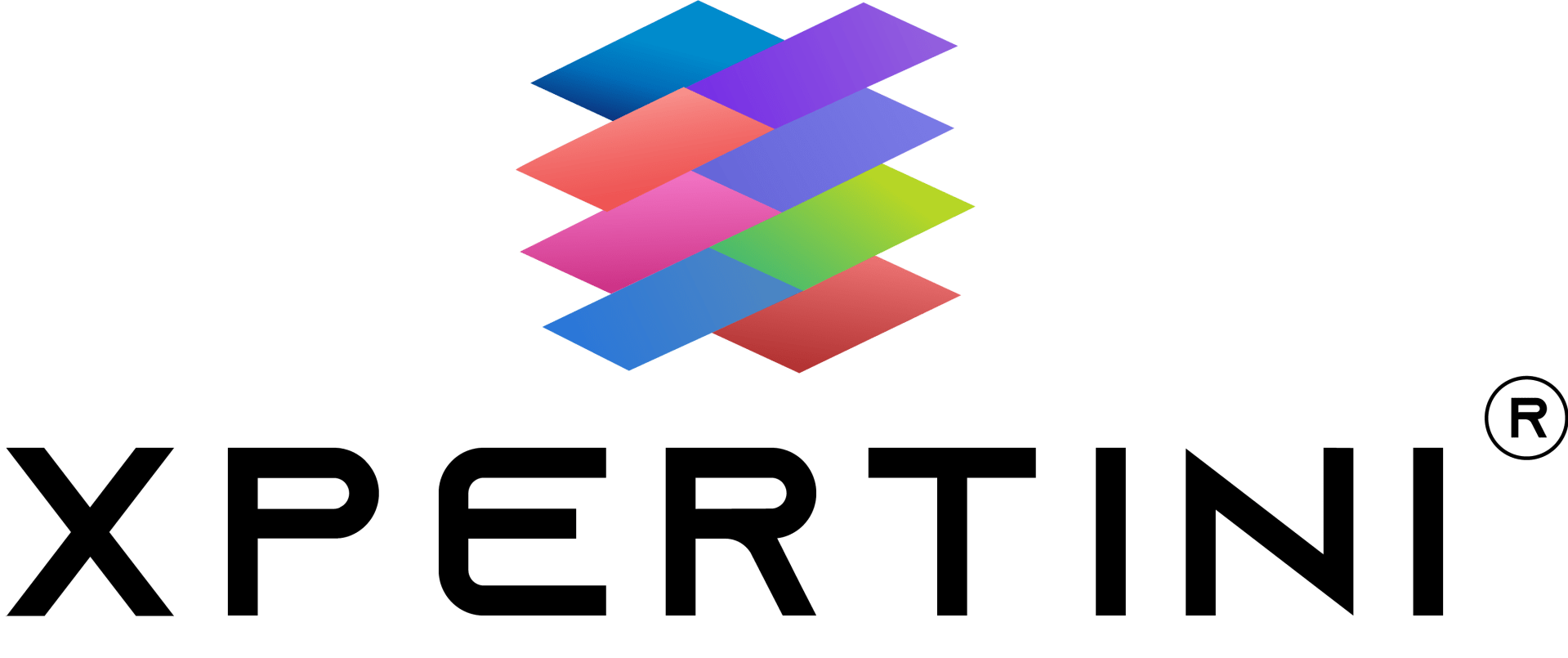Continuous Professional Learning (CPL) has become the cornerstone of career growth and adaptability in the ever-evolving professional landscape. In this comprehensive review, we’ll delve into the dynamic realm of CPL, exploring its current state, emerging trends, and the promising future it holds for professionals across diverse industries.

The Evolution of Continuous Professional Learning
Continuous Professional Learning, often referred to as lifelong learning, has witnessed a remarkable evolution over the years. Gone are the days when learning was confined to the four walls of a classroom. Today, CPL has transcended traditional boundaries, embracing digital platforms, online courses, and interactive workshops.
As we embark on this journey into the future, the key question emerges: How has CPL evolved to meet the demands of the modern workforce? The answer lies in its accessibility, flexibility, and the integration of technology. With the rise of e-learning platforms and virtual classrooms, professionals can now engage in learning activities at their own pace and on their terms.
Technology as a Catalyst for Change
In the 21st century, technology acts as a catalyst, propelling Continuous Professional Learning into new dimensions. Advancements in artificial intelligence, virtual reality, and augmented reality have revolutionized the way professionals access and consume educational content.
<Continuous Professional Learning> is no longer confined to static textbooks or traditional lectures. Instead, it embraces interactive simulations, virtual labs, and personalized learning paths tailored to individual needs. This shift not only enhances the learning experience but also provides a more engaging and immersive environment for professionals to acquire and apply new skills.
The Rise of Microlearning
In the fast-paced world we inhabit, time is a precious commodity. Microlearning has emerged as a solution to this challenge, offering bite-sized, focused learning modules that professionals can consume on the go. These short, targeted lessons provide immediate value without overwhelming the learner.
<Continuous Professional Learning> through microlearning aligns with the modern professional’s need for quick, accessible information. Whether it’s a brief video tutorial during a coffee break or a succinct podcast on the commute home, microlearning adapts to the lifestyle of today’s professionals, making learning a seamless part of their daily routines.
Personalization in Learning Journeys
One size does not fit all, especially in the realm of <Continuous Professional Learning>. The future of professional development lies in personalized learning journeys that cater to individual strengths, preferences, and career goals.
Imagine a learning experience tailored to your unique needs, offering content that aligns with your career aspirations. Personalization in CPL ensures that professionals receive the most relevant and impactful knowledge, increasing motivation and engagement.
Collaborative Learning and Knowledge Sharing
The future of <Continuous Professional Learning> is collaborative and community-driven. Online forums, discussion groups, and virtual communities create platforms for professionals to share insights, discuss challenges, and collaborate on solutions.
Through collaborative learning, professionals not only gain knowledge from experts in the field but also benefit from the collective wisdom of their peers. This communal approach fosters a sense of belonging and facilitates a continuous exchange of ideas, ultimately enhancing the overall learning experience.
Agility and Adaptability as Key Competencies
As industries undergo rapid transformations, the need for agile and adaptable professionals has never been more pronounced. Continuous Professional Learning is shifting its focus from static skill acquisition to fostering a mindset of adaptability.
In the future, <Continuous Professional Learning> will emphasize not only what professionals know but also how quickly they can apply and adapt their knowledge in dynamic work environments. This shift aligns with the evolving nature of work, where the ability to learn and unlearn becomes a crucial competency.
Assessing Learning Outcomes Through Data Analytics
The integration of data analytics in <Continuous Professional Learning> is transforming how we measure the effectiveness of educational programs. With the help of data-driven insights, educators and employers can assess the impact of learning initiatives on professional development.
From tracking completion rates to evaluating the practical application of acquired skills, data analytics provides a comprehensive view of the learning journey. This information, in turn, allows for continuous improvement, ensuring that <Continuous Professional Learning> remains effective and aligned with the needs of both individuals and organizations.
Inclusive Learning for Diverse Professionals
The future of <Continuous Professional Learning> is inclusive, recognizing and accommodating the diverse backgrounds, experiences, and needs of professionals worldwide. Learning platforms are increasingly incorporating culturally sensitive content and considering various learning styles to ensure accessibility for everyone.
In an era of globalization, <Continuous Professional Learning> must be designed to resonate with professionals from different cultures, fostering a truly inclusive learning environment. This inclusivity not only enriches the learning experience but also contributes to a more diverse and innovative workforce.
Industry-Specific Learning Paths
Recognizing that each industry has its unique demands, <Continuous Professional Learning> is evolving to offer industry-specific learning paths. Whether you’re in healthcare, finance, technology, or any other sector, tailored educational programs cater to the specific skills and knowledge required for success in your field.
Industry-specific learning paths ensure that professionals stay ahead of industry trends, compliance requirements, and technological advancements relevant to their specific domains. This targeted approach enhances the applicability of <Continuous Professional Learning> to real-world professional challenges.
The Role of Mentoring in Professional Development
Mentorship is emerging as a critical component of <Continuous Professional Learning>. While technology facilitates remote learning, the human connection provided by mentorship adds a unique dimension to the learning experience. Seasoned professionals can guide and inspire the next generation, sharing insights and practical wisdom gained through their own experiences.
In the future, mentoring programs integrated with <Continuous Professional Learning> will become more prevalent. These programs offer professionals the opportunity to not only learn from curated content but also benefit from the guidance and mentorship of industry experts.
Additional Resources:
- Continuous Education Success Stories: Inspiring Journeys of Lifelong Learners
- Building Skills for Tomorrow: Continuous Education and Future-Ready Competencies
- Exploring the Benefits of Online Continuing Education for Professionals
- 10 Compelling Reasons Why Professional Certifications Are a Worthwhile Investment
- The Bright Future of 10 Different Continuous Professional Learning Opportunities
Table of Contents
Categories:
Latest Posts:
FAQs:
Micro-credentials sound interesting, but won’t they replace traditional degrees?
Micro-credentials are unlikely to replace degrees entirely. They are more likely to serve as specialized add-ons, demonstrating specific skills needed in the job market. Degrees may still be valuable for foundational knowledge, but micro-credentials can show you’re up-to-date with the latest trends.
What are the benefits of using VR Training?
VR training offers several benefits. It creates a safe and realistic environment to practice potentially risky tasks. It allows for immersive learning experiences that can be more engaging and memorable than traditional methods. VR can also be used to simulate various scenarios, helping professionals develop better decision-making skills.
How can I find a good online course or learning platform?
There are many factors to consider when choosing an online course. Look for courses from reputable institutions or instructors, check reviews and course descriptions to ensure it aligns with your needs, and consider factors like cost, time commitment, and format (video lectures, interactive exercises etc.).
I’m not comfortable with online learning. Are there other options?
Absolutely! While online learning is becoming increasingly popular, there are still many traditional options available. Consider attending industry conferences, workshops, or in-person training sessions. Look for mentorship programs within your organization or professional network. You can also form or join local learning communities focused on your field.
How can I convince my employer to invest in my continuous professional learning?
Highlight the benefits to them! Show how continuous learning can help you be more productive, efficient, and contribute more value to the company. Do some research and present specific courses or programs that are relevant to your role and company goals. Many employers are increasingly recognizing the value of continuous learning and may be willing to offer financial or time-based support for your development.
